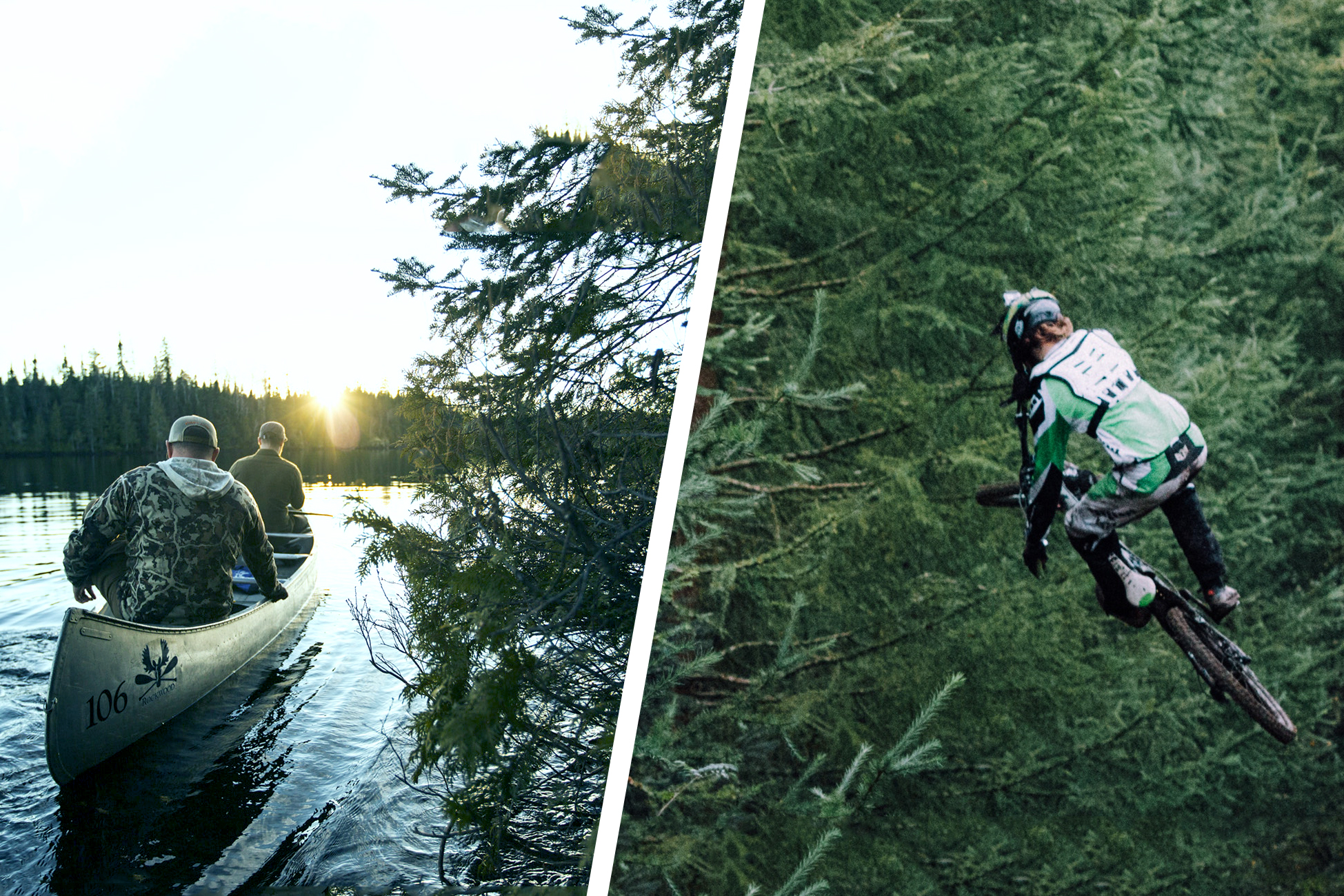Congress advanced a bill that could allow some wheeled traffic – including bicycles – in Wilderness Areas. And cyclists find themselves on both sides of the issue.
Walk, run, hike, crawl, or paddle – there are a number of ways to explore wilderness areas. But following the Wilderness Act in 1964, which put forth federal protections to protect areas virtually untouched by humans, pedaling a bicycle through them has never been an option. Specifically, the U.S. Forest Service interpreted the Act in 1977 to include a ban on mountain bike traffic through protected land.
But that moved one step closer to changing last week when a committee approved a bill that would permit certain wheeled devices in wilderness areas. HR 1349 would amend the 53-year-old act to allow bicycles, strollers, wheelbarrows, game carts, and motorized and non-motorized wheelchairs to access to more than 109 million acres of designated wilderness.
The move angered conservation groups and current trail users. But it also created a rift within the cycling community – some see it as an obvious clarification to the spirit of the law, while others see it as an overreach.
Wilderness Areas: To Bike, or Not To Bike?
The bill, introduced this spring by Rep. Tom McClintock, R-Calif., now awaits action on the house floor. But factions on both sides have already begun speaking out.
Among the bill’s proponents are regional mountain biking groups.
“I think this would be a big olive branch to a large group of users, a younger demographic, who want to be supporters of wilderness and all the protections it provides,” Mark Tate, president of the Southwest Idaho Mountain Bike Association, told the Idaho Statesman.
Rep. McClintock, who authored the bill, said he listened to his constituents when drafting the idea. Speaking to the Los Angeles Times, McClintock said, “Our wilderness areas were never intended by Congress to prohibit human-powered mountain bikes.”
That falls in line with the views of Susie Murphy, executive director of the San Diego Mountain Biking Association. “The mountain biking community would be amazing stewards,” she told the LA Times. “If you don’t get newer groups into these places to take care of them, how would anyone protect them from other uses that would be way worse than mountain biking, like mining?”












